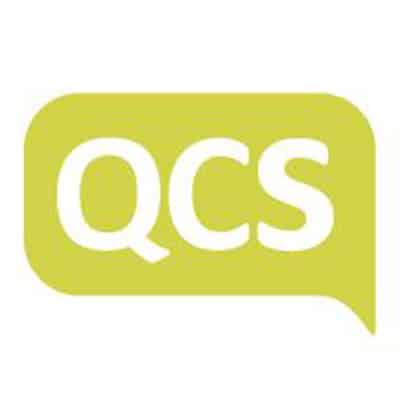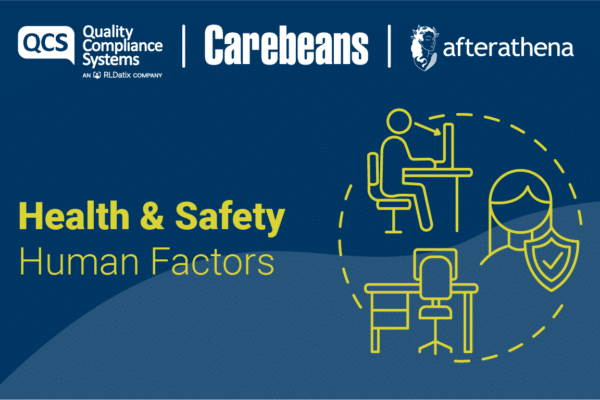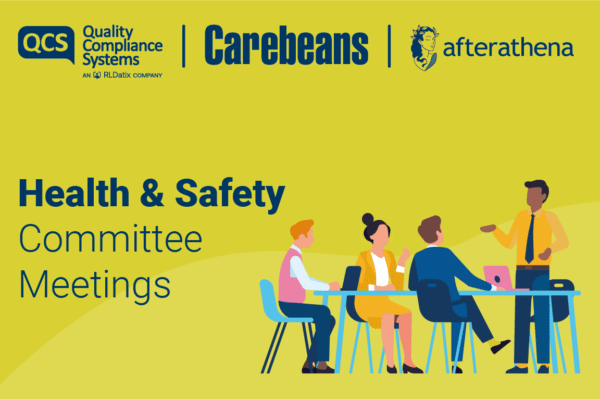Introduction
Being in control of contractors and materials they use is essential in ensuring buildings are safe and secure. Pre-tender documentation should specify what is used and any EN compliance standard etc.
Nearly 2 months after the Grenfell Tower fire in London (14 June 2017), a number of councils have given consideration to cladding fascia on their buildings and not just high-rise flats or tower blocks. In the aftermath of Grenfell, it was suggested that combustible cladding had been erected onto external walls of what was a recently refurbished £8.6 million upgrade. The cladding panels should have been fire rated, however as we know, at least 80 people lost their lives in a fire which took place in the early hours on that June morning.
What about social care buildings?
Whilst most buildings in the health and social care sector may not be high-rise (10 or more levels), a number are low-rise (4 – 9 levels). During July, I noted 3 BBC articles on NHS hospital buildings which identified similar cladding. The issue lies within insulation material which acts like a chimney causing fire to spread rapidly up the building thus penetrating other areas on upper floors.
An article published on 1 August 2017 by the BBC refers to an NHS hospital in Oxford in which 52 trauma beds will have to be moved to another unit. The NHS trust overseeing the site said a “combination of fire safety factors with this building” make it currently unsuitable for inpatients.
This article can be found here
The other 2 hospital reports are as follows:
Newcastle and London NHS trusts
London, Sheffield and Middlesex NHS trusts
What is the Government doing and how will it affect my buildings?
The government’s response was a full enquiry regarding Grenfell Tower and inspections on similar buildings to check the integrity and compliance of the cladding. The PM Theresa May called for cladding investigations as highlighting the BBC article.
The Communities Secretary, Sajid Javid, has also said safety checks are urgently needed in hospitals, offices and private buildings and said NHS England was in contact with around 200 health trusts to check cladding on hospitals. As previously highlighted this is now happening.
What do care home providers need to do now?
A report in carehome.co.uk quotes the CQC’s Chief Executive Sir David Behan as saying,
“With recent events in mind, I am writing to ask that you review your fire safety processes in your registered premises to ensure they are up to date and are being applied consistently in practice. In particular, I ask you to pay attention to the size and fabric of your registered premises.”
The report further highlights the need for care home owners of their legal responsibilities, under both the Health and Social Care Act 2008 (Regulated Activities) Regulations 2014 and the Regulatory Reform (Fire Safety) Order 2005, to pay attention to the safety of the vulnerable and frail because of mobility issues or learning disabilities.
Fire Risk Assessment
A recent drive to drill into fire risk assessments and question where they are suitable and sufficient or the detail relevant to the environment in question. A number of care homes externally source fire assessors to inspect and provide the detailed report. A number of models of assessment are used, the most common in PAS79.
What should I do as a manager?
Having a detailed inspection of your building, its size, the fabrics and other materials used should be found in your building report in the Health and Safety folder, however, for older properties, this may be hard to find. Your local authority should have access to building plans etc. and this may be the first point of call.
If you are part of a large organisation your building and facilities team can assist with this request and in all cases, escalate your concerns to those in your organisation who have group responsibility for commissioning such inspections.
As a home manager ensure that routine inspections of your home(s) are completed like checking fire escapes, damaged doors, general housekeeping, testing the fire alarm systems etc. and ensuring the regular servicing is completed. These have been covered in earlier blogs and articles.
Does the law require me to have sprinklers?
Having a sprinkler system in a care home can significantly reduce the spread of fire if it takes hold. They are expensive to install into buildings particularly those of older construction, some of which may be under “listed building control”.
Currently there is no legal requirement to retro fit sprinklers into existing premises, however, we await the report following the Grenfell Tower fire and any review of current fire regulations and building control which could affect the health and social care sector. Let’s be clear sprinklers are the way forward, and the Chief Fire Officers Association highlights the benefits of such systems in saving lives in care homes and residential properties.
Word of warning?
In the light of Grenfell Tower and reports of other buildings not complying, I have spoken to a number of home managers and care providers concerned that they have to expend large amounts of investment, to comply. There will be costs attached, however, a cost benefits analysis should always be considered. In the light of such events be aware of those quoting legal requirements which in fact are often recommendations, in order for financial gain such as sprinklers, new fire alarm systems etc. Please go to a professional source first as some of these offerings may not comply and still expose you.
What are my legal duties?
There are many pieces of legislation, some of which have been quoted earlier, however, the main legislation is the Health and Safety at Work Act 1974. In particular Section 2 in reference to:
- Safe building and premises
- Safe access and egress
- Safe plant and equipment
- Safe work environment
- Access to induction, instruction, training and supervision etc.
Section 3 refers to the safety of the self-employed, and those not in the employer’s employment. The most often quoted in Section 3 (1) which refers to those not in the employer’s employment which could be visitors, residents etc. who are affected by your actions and your staff, when vulnerable people are not properly protected.
Summary
I would urge home managers and those with responsibility for buildings and structures to ensure their integrity and monitor. QCS provide a range of technical materials to assist with compliance.
References
John Radcliffe Hospital: Patients moved over ‘unsafe cladding’ (BBC dated 01.08.2017)
Grenfell Tower fire: Two more hospitals fail fire safety checks (BBC dated 13.07.2017)
Grenfell Tower fire: Three hospitals fail fire safety checks (BBC dated 04.07.2017)
Grenfell Tower fire: Theresa May calls for cladding investigation (BBC dated 27.06.2017)
London fire: Six questions for the investigation (BBC dated 19.07.2017)
Care homes told to review fire safety in light of Grenfell Tower blaze (Carehome.co.uk dated 27.06.2017)
Health and Social Care Act 2008 (Regulated Activities) Regulations 2014
Regulatory Reform (Fire Safety) Order 2005
Department for Communities and Local Government on fire safety guides







